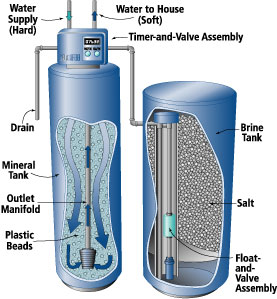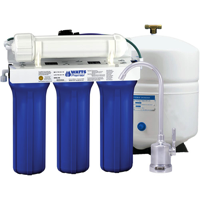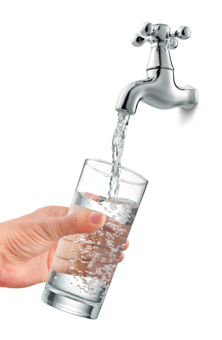NWQAC believes consumers should set their own water quality standards, stay on top of local and national water quality issues and process your families water supply at the point-of-use … at home.
How Do Residential Water Treatment Systems Work?

Some benefits of softened water:
• Softer feeling skin
• Cleaner/Softer clothes
• Clothes Last Longer
• Appliances Last Longer
• Reduced Soap Scum & Water Stains
• Less Dry Itchy Skin, Scalp & Hair Issues
How Do Reverse Osmosis Systems Work?

RO systems typically include a number of steps:
• a sediment filter to trap particles, including rust & calcium carbonate
• optionally, a second sediment filter with smaller pores
• an activated carbon filter to trap organic chemicals and chlorine
• a reverse osmosis (RO) filter, which is a thin film composite membrane
• optionally, a filter to capture chemicals not removed by the RO membrane







